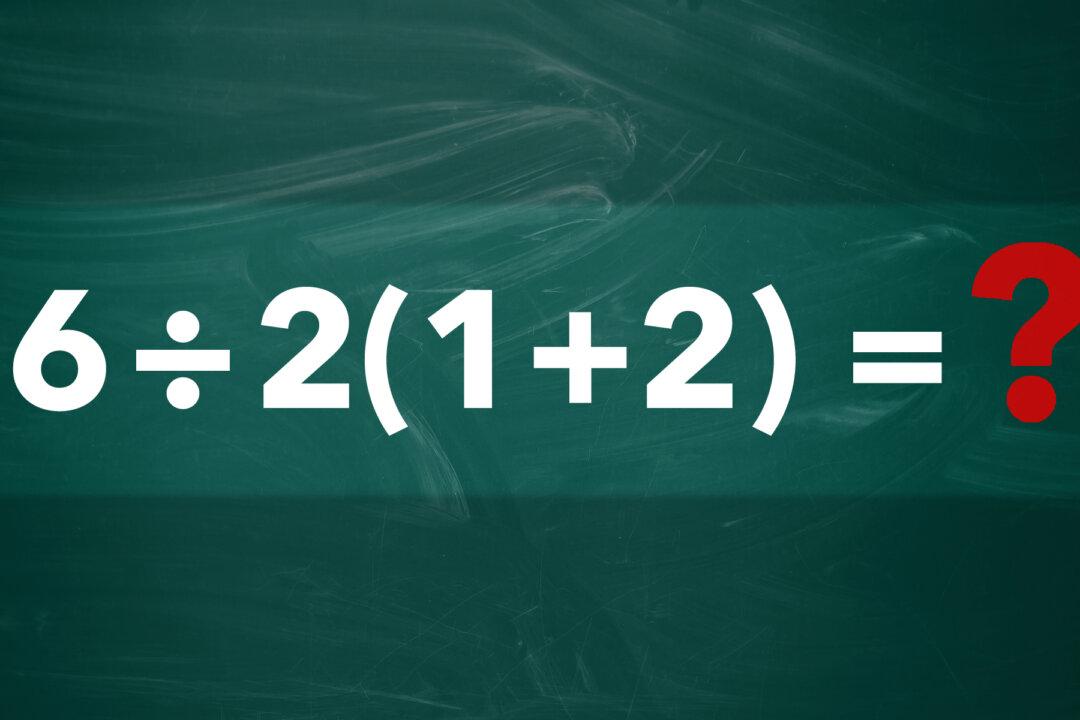From the archives: This story was last updated in June 2019.
Can you solve this seemingly simple math question? It may look easy, but it’s been the subject of hot debate. Don’t worry if you’re a bit bewildered that there’s a so-called second answer; scores of people across social media networks including YouTube are equally puzzled by the division of understanding.You may assume that this simple math problem should be a piece of cake! Well, yes ... and, not quite. Since Presh Talwalkar’s explanation of the equation was uploaded in 2016, the innocent-looking question has generated thousands of comments, and it’s still being debated over, even as of yesterday.






